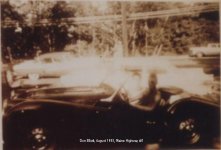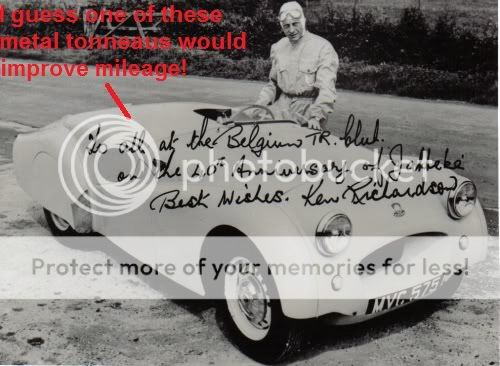angelfj1
Yoda
Offline
The early sidescreen cars boasted mileage in excess of 30 mpg. Considering the price of gasoline today, how about some suggestions for maximizing mileage. I'll try to get this kick started with a couple of recommendations.
- maintain rated tire pressure.
- remove all unnecessary "cargo" from boot.
- accelerate and decelerate slowly.
It would be interesting to hear what mileage you get now and then after you try some of the posted recommendations.
For you tuning experts, how would we modify the recommended tuning specs to achieve maximum mileage?
- maintain rated tire pressure.
- remove all unnecessary "cargo" from boot.
- accelerate and decelerate slowly.
It would be interesting to hear what mileage you get now and then after you try some of the posted recommendations.
For you tuning experts, how would we modify the recommended tuning specs to achieve maximum mileage?

 Hey there Guest!
Hey there Guest!
 smilie in place of the real @
smilie in place of the real @
 Pretty Please - add it to our Events forum(s) and add to the calendar! >>
Pretty Please - add it to our Events forum(s) and add to the calendar! >> 





 A friendly reminder - be careful what links you click on here. If a link is posted by someone you don't know, or the URL looks fishy, DON'T CLICK. Spammers sometimes post links that lead to sites that can infect your computer, so be mindful what you click.
A friendly reminder - be careful what links you click on here. If a link is posted by someone you don't know, or the URL looks fishy, DON'T CLICK. Spammers sometimes post links that lead to sites that can infect your computer, so be mindful what you click.